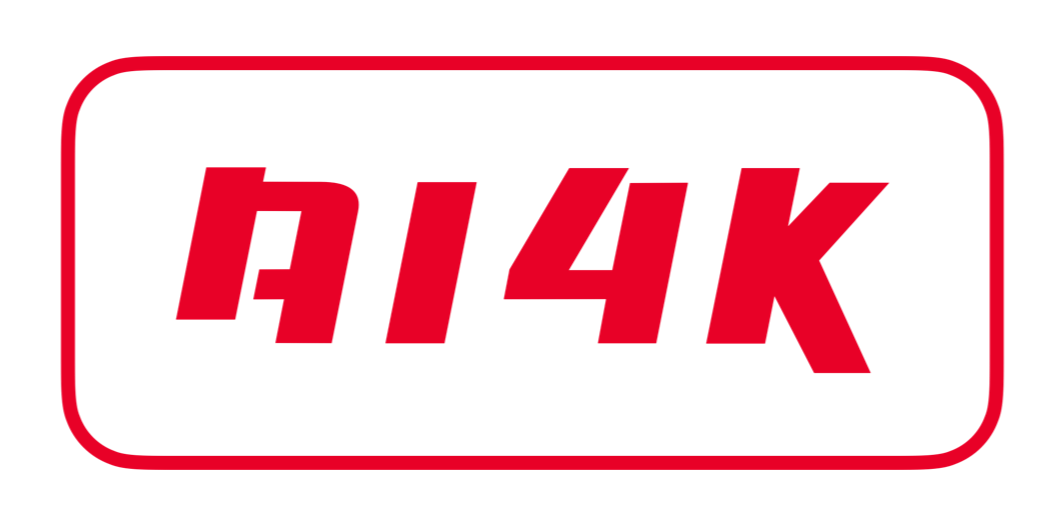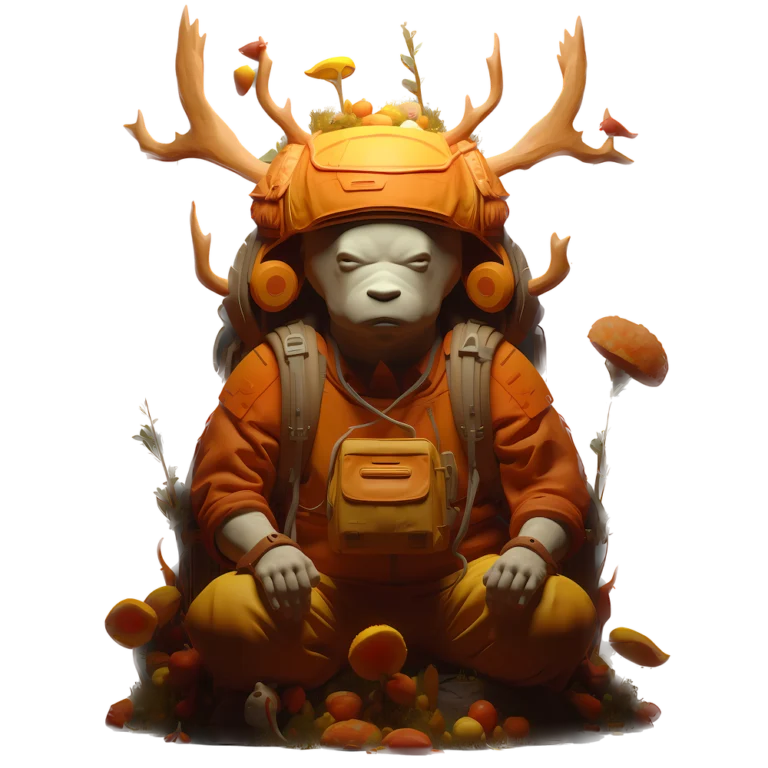Imagery
Pictures, videos, infographics and other visual elements are important for engagement. They add personality and break up walls of text.
Photos and Images
Use high resolution images at appropriate sizes for platform/device.
Ensure images relate directly to surrounding content and text.
Include concise but descriptive alternative text (“alt text”) for screen readers.
Always provide image credits and acquire permissions as needed.
Infographics
Visual summaries help simplify complex topics at a glance.
Include necessary labels, sources and keys for readers.
Videos
Keep videos short (under 2 minutes) and focused on one main point.
Optimize for maximum views with useful thumbnails and titles.
Charts and Graphs
Effectively visualize trends, comparisons and statistics.
Ensure they are readable at different digital sizes.
Sketches and Doodles
More casual visuals can help explain processes or concepts.
Test different types of visuals to see what resonates with your particular audience. Imagery has the power to make dry topics entertaining and boost social sharing if applied strategically. Don’t forget relevant multimedia when creating your content.
Calls to Action
Calls to action are directives that guide readers to take a specific next step after engaging with your content. They should be clear, benefit-focused and trackable. Examples include:
- Download our free guide/ebook
- Subscribe to our email list
- Contact us for a free consultation
- Click here to see our product demo
- Share this (social sharing buttons)
- Leave a comment below
- Read more in our blog
- Schedule a meeting
- Buy now
CTAs should motivate readers based on understanding what might interest them at each stage of the buyer’s journey. For example:
- Early stage: Offer a free guide to learn more
- Mid-stage: Invite them to a webinar or demo
- Late stage: Direct them to contact sales for a quote
Placement is also important. Include CTAs:
- In content near the conclusion
- In social media posts
- In email/newsletter footers
- On landing/conversion pages
Track CTA clicks and make adjustments to improve performance over time, like changing text based on what generates most action. The right call to action can turn readers into quality leads.
Distribution
Distribution is the process of getting your content in front of the right audience across various channels. Some top distribution strategies include:
Website
Feature new articles and pages on your blog and homepage. Optimize internal linking between related content.
Email
Promote timely content in your email newsletter to engaged subscribers.
Social Media
Share content tailored for each platform (Facebook, Twitter, LinkedIn etc). Engage with influencers.
Search Engines
Optimize content with targeted keywords for searchability on Google, Bing etc.
Industry publications
Pitch relevant articles to third-party websites, magazines and journals.
Events
Share updates at industry seminars and conferences you attend in-person or virtually.
Link building
Publish long-form content and get links from other high-quality sites in your niche.
Paid ads
Promote top content through paid social ads or search campaigns.
Measure the effectiveness of each channel through analytics. For example, organic traffic shows search visibility while shares/likes indicate social success. Analyze which distribution strategies are delivering the highest engagement and revisit your plan regularly. Consistent, varied distribution maximizes reach.
Analytics
Tracking key metrics provides valuable insight into what content and distribution strategies are most effective. Some common analytics to track include:
Views and traffic: How many times a piece of content was viewed on site and social channels.
Shares and likes: Social engagement can show popularity and influence.
Time on page: Does content keep people engaged or do they bounce quickly?
Download and shares of assets: Gauges interest in additional resources.
Lead generation: Which content is driving most leads through CTAs?
Keyword rankings: Check search performance of optimized pages and blogs.
Referral sources: Identify top distribution sources sending traffic.
Demographics: Learn who your readers are through location and other profile data.
Analyze analytics both individually for each piece of content as well as grouped by topic, type or channel over time. Make data-driven decisions like:
- Ramping up topics that over-index.
- Changing formats that underperform.
- Retargeting people who engaged partway through the funnel.
Integrate analytics into your content review process. Continually improving based on proven successes keeps strategies fresh and relevant. Let metrics guide your ongoing optimizations.
Updating Content
To keep information fresh, it’s important to revisit older content periodically. Some best practices include:
Refresh visuals
Swap out outdated images, charts or videos to maintain reader interest.
Update stats
Insert the latest figures, rankings and other time-sensitive data points.
Revise for SEO
Re-optimize headlines, text and internal links based on new keyword opportunities.
Seek user feedback
Solicit comments on ways content could be improved through user testing.
Repackage as new formats
Repurpose long articles into social graphics, podcasts or videos.
Expand topic coverage
Write a Part 2 with additional useful guidance and resources.
Republish as guest posts
Refresh other sites and drive new readers back to your domain.
Promote in rotated ads
Boost discoverability of older, highly-converting pieces.
Retire stale content
Archive very dated pages no longer relevant to today’s searchers and buyers.
Maintain a regular content refresh schedule, whether quarterly, biannually or annually based on how quickly your industry changes. Keeping material optimized over time leads to ongoing performance.
How has evolved the Content creation with AI?
The evolution of content creation with AI has brought about significant advancements, revolutionizing the way businesses approach their online presence. As someone involved in web design and SEO services, staying abreast of these developments is crucial for offering cutting-edge solutions to your clients. Here are some key aspects of the evolution:
Natural Language Processing (NLP)
Advances in NLP have enhanced the quality of generated content. AI can now understand context, tone, and user intent, enabling more coherent and contextually relevant writing. This contributes to creating engaging and personalized content for your clients, making the AI content Google friendly as well.
Content Optimization for SEO
AI tools are increasingly being used to optimize content for search engines. They analyze data, identify keywords, and suggest improvements to enhance the visibility of websites. This ensures that the content you create aligns with the latest SEO best practices.
Visual Content Creation
AI has extended its capabilities beyond text to assist in generating visual content. This includes creating images, graphics, and even assisting in the design process. Integrating AI into your web design services, especially in collaboration with tools like Elementor, can enhance your ability to deliver visually appealing and engaging websites.
Content Personalization
AI enables the creation of personalized content experiences. By analyzing user behavior, preferences, and demographics, you can tailor content to individual visitors. This personalization contributes to a more immersive and user-centric web experience, and web conversion of course.
Data-Driven Insights
AI tools analyze vast amounts of data to provide actionable insights. This data-driven approach can inform content strategy, helping you understand user preferences and optimize your services based on real-time feedback.
Chatbots and Conversational AI
Incorporating AI-driven chatbots on websites has become common. These bots engage visitors in real-time conversations, offering assistance, capturing leads, and providing a seamless user experience. As a web designer owner, integrating chatbot functionality can add value to your services.
Embracing these AI-driven advancements in content creation not only enhances efficiency but also allows you to offer more sophisticated and personalized solutions to your clients. Whether it’s streamlining content production, optimizing for search engines, or creating visually stunning websites, AI has become a valuable ally in the web design and SEO landscape. If you have specific questions or if there’s a particular area you’d like to delve into further, feel free to let me know.
Automated Content Generation
AI has become proficient in generating human-like text content. This is particularly useful for creating blog posts, product descriptions, or other textual elements on websites. The ability to automate content creation speeds up the process, allowing for more efficient delivery of services to your clients. In our AI Studio you can find ChatGPT Prompts for Content Creation and ChatGPT Prompts for Social Media Content, if you wish to use ChatGPT for your content creation strategy. However there are much more AI tools for Content Generation, keep reading.
AI Tools for Content Generation
Indeed, the advent of ChatGPT and similar AI technologies has spurred a wave of innovation in the field of AI content generation. As someone in the web design and SEO industry, being aware of these developments can provide you with valuable insights into how AI tools can complement your services. Here are some key observations on the proliferation of AI content generators:
Diverse Content Types: AI content generators now cover a wide range of content types, from blog posts and articles to social media captions and product descriptions. The versatility of these tools allows businesses to automate the creation of various types of content to meet their specific needs.
Industry-Specific Solutions: Many AI content generators are now tailored for specific industries or niches. This specialization enables businesses, including your clients, to obtain content that is not only well-written but also aligned with the nuances of their particular sector. The newest OpenAI‘s product, the Custom GPTs allows for more personalized solutions as well.
Multilingual Capabilities: AI content generators have improved in their ability to generate content in multiple languages. This is particularly beneficial for businesses with a global reach, allowing them to maintain consistent messaging across diverse audiences.
SEO-Focused Content: Some AI content generators emphasize SEO optimization, aiding businesses in creating content that is not only engaging but also aligns with search engine algorithms. Given your focus on web design and SEO services, integrating such tools could further enhance your offerings.
Content Personalization: Personalization features in AI content generators enable businesses to create content that resonates with their target audience. This aligns with the trend of delivering more personalized experiences, which can be crucial in the competitive landscape.
Integration with Design Tools: For professionals like yourself who work extensively with web design tools like Elementor, there’s a growing trend of AI content generators being integrated into these platforms. This integration streamlines the process of incorporating AI-generated content into website designs.
Ethical Considerations: The rise of AI content generators has also brought about discussions on ethical considerations. Issues such as misinformation, biased content, and the need for human oversight have become important considerations in the use of AI-generated content.
As the AI content generation landscape continues to evolve, staying informed about emerging tools and trends can empower you to make informed decisions about incorporating these technologies into your online business. If you have specific questions or if there’s a particular aspect you’d like to explore further, feel free to let me know.

